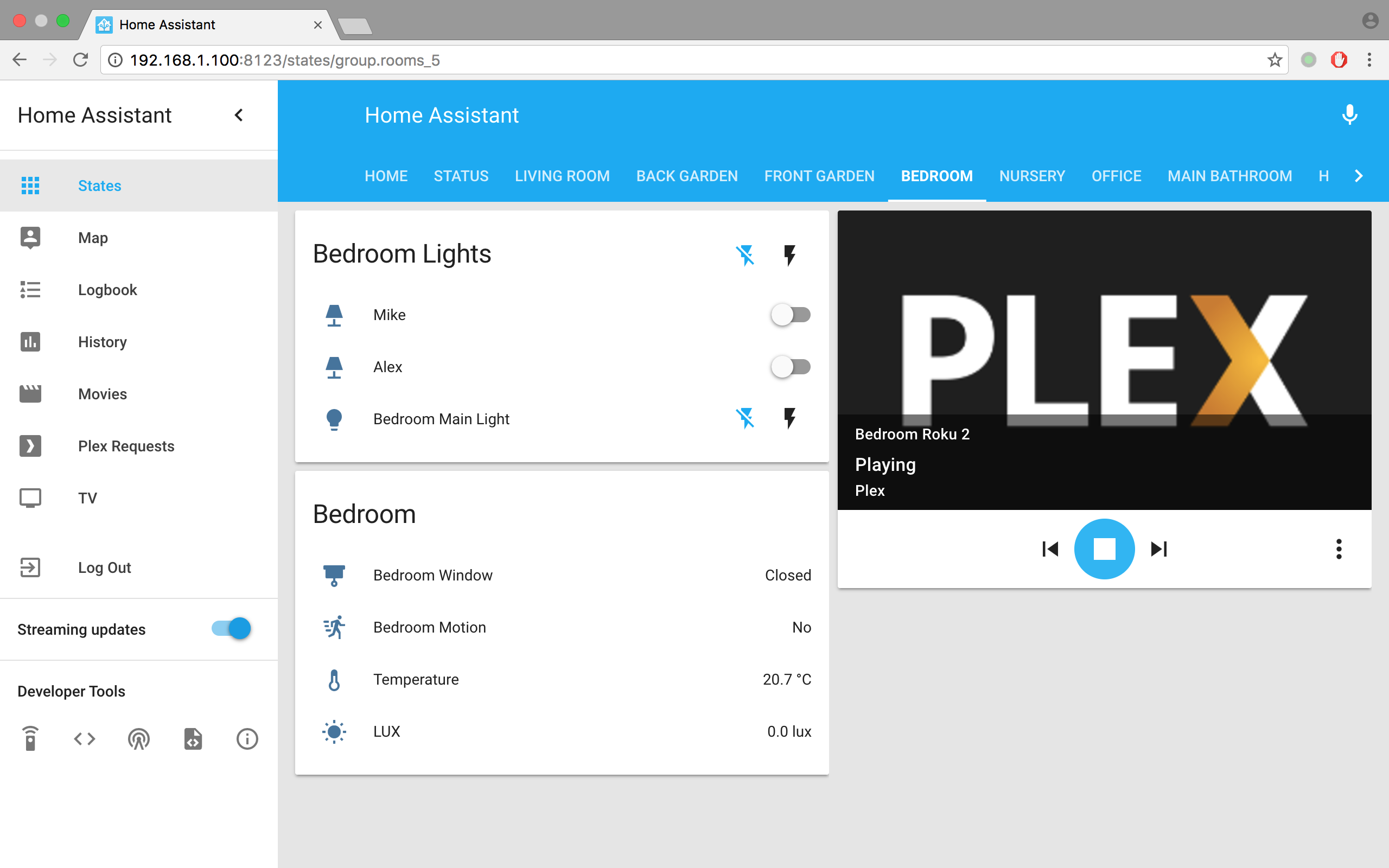
This technique can be a bit hard to manage at first because of the math involved, but it’s only division and multiplication by small numbers, and you can check your work qualitatively: egs. The result makes sense: we are essentially cramming more sixteenth notes into one beat, so the more sixteenths in a beat, the longer each beat takes, and the slower the beat.

One major tip in figuring out the target metronome marking is to find a common beat grouping (see two examples below). Therefore, the quarter note’s beats per minute went from 96 to 144. I then made the quarter note triplet become the new quarter note. Therefore, the quarter note triplet had a speed of 144. There were three triplets in each half note, so each one was three times as fast as the half note. Therefore the half note was half as fast, or 48 (96 divided by 2). So, how do you determine what tempo you will be modulating to? Let’s use the example above to explain. I was then able to operate freely in q = 144, allowing the piece to continue, but 1.5 times as fast. I did this by having a quarter note triplet phrase repeat, and then continuing on as if the triplets were the new quarters. I used this metric modulation to change the tempo from q = 96 to q = 144. Here the quarter note was 96, and the quarter note triplet was 144. For example, I used a triplet metric modulation in my piece Sleepless that shifted the quarter note triplet to be the new quater note (see figure below). It can be of great use for slowing down, speeding up, playing around with a listener’s ear (are we in 3/4 or are those triplets?), and shifting things to new places.

And, metric modulation is not just for people like Mr. But, with metric modulation, so long as you remain in time, you will achieve your target metronome marking every time. You don’t get a precise metronome marking with “ritardando to Largo”, “accelerando to Allegro”, or a good change from “quarter = 120” to “quarter = 140” (when players have to guess what 140 is because they can’t use a metronome onstage).

Pioneered by the great (and still alive, remarkably, at 102 years old) composer Elliott Carter, it allows tempo switching to be exact. For example, simple metric modulations might change the beat from a quarter note to a half note, or an eighth note to a sixteenth. Metric modulation (or more accurately, tempo modulation) is the shifting of the beat from one rhythmic value to another.

Second update: check here for the new, easier-to-use calculator!Īlright, let’s tackle a rather hands-on technical tool. Update: click to get to this post for a metric modulation calculator!


 0 kommentar(er)
0 kommentar(er)
